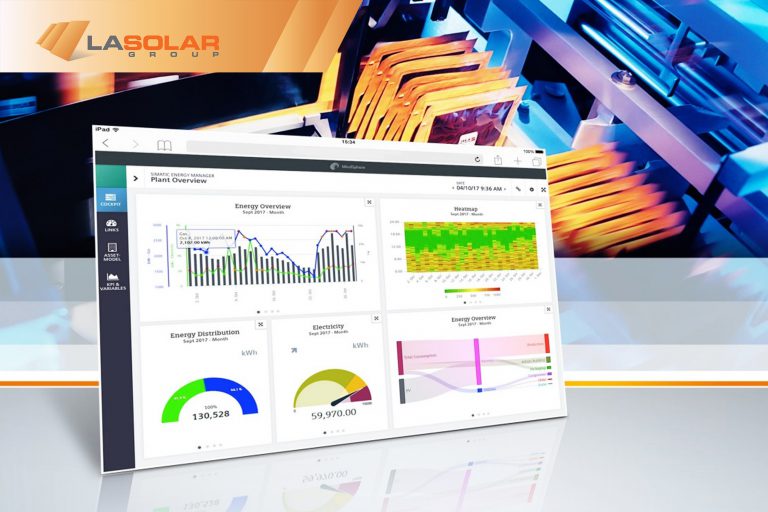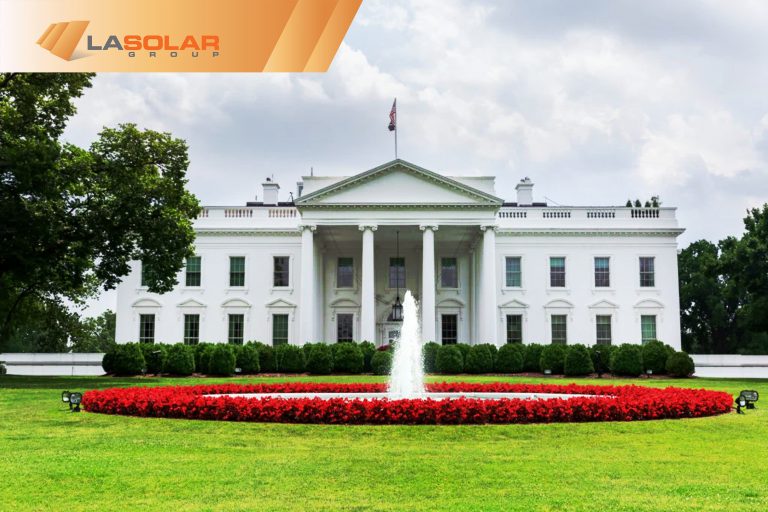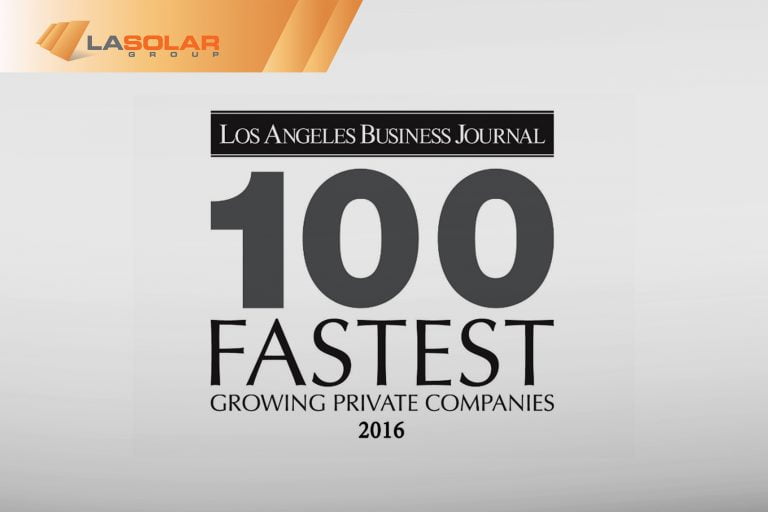If you are a Los Angeles homeowner thinking about investing in a rooftop solar system, you’re probably hoping to slash your electric bill and save a few bucks. Thanks to California’s commitment to solar energy generation, you could also be eligible for various incentives that will make even the most modest solar additions more lucrative. Los Angeles utilities and governments (up to the Federal level) have invested in electric bill credits, rebates, and tax incentives for homeowners going solar. Here is what you need to know about this year’s solar power incentives.
Solar Incentives in Los Angeles Expiring Soon
Net Energy Metering 1.0
Net energy metering (NEM) programs pay you a variable amount for any unused excess energy from your panels. Payment, if you’re owed one, comes in the form of a bill credit. If you’re a homeowner, this is an attractive incentive—especially since you don’t pay the (much higher) utility rate for the power you generate. The only requirement is that your rooftop system must be under 1MW to qualify. (But don’t worry—that’s most home systems.) Payment is made according to a formula:
Net payment = Energy delivered from the utility –
Net excess amount metered (charged) to the utility.
The NEM 1.0 program will not be around much longer: It expires June 30, 2017 at midnight, or when SCE has served 2.24 GW under the program. Any installations made by June 30th are qualified, regardless of the wattage cap. Then it switches to NEM 2.0, which we’ll discuss in a minute.
- Incentive: Savings from generating your own power vs. price for electricity from the utility; credit for any solar energy you don’t use that’s sent to SCE.
- Who qualifies: SCE customers.
- System size requirements: Based on your historical usage, under 1MW.
- Technical restrictions: For systems connected to SCE.
- Deadline: June 30, 2017, or when SCE has served 2.24GW under the program. All installations by June 30 qualify.
Solar Incentive Program (SIP)
The Los Angeles Department of Water and Power (LADWP) offers rebates to homeowners who install rooftop solar systems between 1.5KW-1MW in size (beyond that, LADWP requires a special meter be installed to measure system performance). Applications must be made within 60 days of the installation of an LADWP solar net meter.
The program is set to expire at the end of 2017. The rebate rate is currently set at $0.25 per watt of expected production. That will drop over time; the date and rate of the next drop are still being set. It’s also worth mentioning that you can only apply for this rebate once—you can’t re-apply if you go solar on a second or subsequent home.
- Incentive: $0.25/watt rebate on rooftop installations.
- Who qualifies: Los Angeles county homeowners.
- System size requirements: At least 1.5KW.
- Technical restrictions: Systems of 10KW and greater require a performance meter. Applicants may only apply once; previous SIP recipients ineligible.
- Deadline: Applications must be made within 60 days of the installation of an LADWP solar net meter.
Self-Generation Incentive Program (SGIP)
If you’re thinking about using a battery like the Tesla Powerwall to store energy from your rooftop system when the sun isn’t shining, the Self-Generation Incentive Program (SGIP) is for you. The SGIP gives homeowners rebates on their energy storage purchases. As referenced in their website, the California Public Utilities Commission (CPUC) funds the SGIP.
While this program is not expiring or going away anytime soon, the first participants get the best deal: Phase 1 offers $0.50 per watt hr. toward battery purchases, but that rate drops after June 4th.
Phase 2 SGIP participants get $0.40/Whr. Steps 3-5 are commensurately lower. You can get the complete lowdown here (See p. 23 for energy storage residential rates).
- Incentive: $0.40/Whr rebate on residential energy storage (batteries like the Tesla Powerwall.
- Who qualifies: IOU customers who add residential energy storage.
- System size requirements: Incentives decrease at 2MWh and over. Unless you’re Tony Stark, don’t worry about it.
- Technical restrictions: Your system must be connected to the grid and monitored by your smart meter, which your utility will handle.
- Deadline: You must complete all project milestones within 90 calendar days of receiving a Conditional Reservation Letter (i.e. initial approval).
Ongoing Solar Incentives in Los Angeles
Net Energy Metering 2.0
When NEM 1.0 moves to version 2.0 in July 2017, it’ll be based on a time of use (TOU) model. Instead of paying the same rate for electricity you use in the middle of the night as you do during the day, you’ll get charged higher rates for energy from SCE during peak hours (between 12-3 pm). This is based on a standard tier rate.
Homeowners in Los Angeles should be aware of a couple of new fees associated with NEM 2.0 as compared to NEM 1.0. SCE customers with systems less than 1MW in size will pay $75 for interconnection to the electric grid, in addition to non-bypassable charges on electricity from SCE. Those charges will support community building and energy-efficiency efforts such as low-income electric bill assistance, retrofitting older dwellings, and helping make sure that the county has more opportunities to go solar.
- Incentive: Credit for electricity you don’t use that’s sent to SCE; grid-supplied electricity pricing varies by the time of day it was used.
- Who qualifies: Los Angeles county homeowners.
- System size requirements: Based on your historical usage, under 1MW. Systems over 1MW will incur an $800 fee upon joining.
- Technical restrictions: For systems connected to SCE.
- Deadline: Program begins July, 2017, and runs until NEM 3.0 is rolled out in 2022.
PACE Financing
Credit for the electricity generated by your new rooftop isn’t the only type of financial incentive available to homeowners who go solar. Many municipalities let homeowners who go solar finance it through payments on their property bills. The arrangement is known as Property Assessed Clean Energy (PACE). Minimum financing is typically $5,000, with a maximum of 15% of the home’s value.
- Incentive: Financing for solar energy through property bill payments.
- Who qualifies: Los Angeles county homeowners.
- System size requirements: None.
- Technical restrictions: None.
- Deadline: None.
Residential Renewable Energy Tax Credit/Investment Tax Credit (ITC)
Uncle Sam has something for homeowners who go solar too. If you add solar to a residence, you will be credited for 30% of the net system cost on your federal taxes. As with several of the solar incentives, the enticement diminishes over time: the break will fall from 30% to 26% starting in 2020, then fall to 22% in 2021, and 10% in 2022—if Congress chooses to continue the program past 2021.
- Incentive: 30% federal tax credit for the net system price
- Who qualifies: Homeowners who add solar to their home. Exception: You may claim credit only for the same year your solar system was installed—so you may be eligible but not qualify.
- System size requirements: None.
- Technical restrictions: Primary and secondary residences only—Sorry, no rental properties.
- Deadline: Currently funded through 2021.
Property Tax Incentive
If you’re building a new house and not just revamping an existing home, you’re eligible for a whole different set of incentives. Some areas will give you a one-time property tax break. The CA State Board of Equalization still lists ongoing property tax credits of 100% of the value of the system for new homes that include solar. Note: We called and checked with the L.A. County Office of the Assessor, and this was still the case as of May 11th. As always, check with us for the latest information on solar incentives.
- Incentive: 100% of system value from property taxes.
- Who qualifies: Los Angeles county homeowners.
- System size requirements: None.
- Technical restrictions: None.
- Deadline: Program expires 12/31/2024.
Renewable Market Adjustment Tariff (ReMAT)
Less common than net metering, rebates, and tax credits, feed-in tariffs (FIT) are yet another financial incentive to go solar. Basically, you and your electric company make a long-term agreement on how much they’ll pay you for any power you sell to them. Why would they do this? Because it lets them buy power from you during peak demand periods for way less than they’d pay other providers.
The most recent rates SCE published were set at $37.23/MWh for (as-needed) peak power. For comparison, the baseload rate was $89.23/MWh. SCE keeps this option close to the chest compared with some of its more well-marketed offers, but it’s there if you know where to look.
- Incentive: Feed-In Tariff.
- Who qualifies: SCE customers with solar.
- System size requirements: Up to 3MW.
- Technical restrictions: None.
- Deadline: None.
What About the California Solar Initiative?
The California Solar Initiative is a statewide program administered by SCE and other IOUs that has offered rebates and other incentives to homeowners and homebuilders who go solar. It’s been so popular that rebates for rooftop solar systems for homeowners in the SCE service area have been exhausted, although there are still incentives available dedicated to solar water heating systems and affordable solar housing. If you get your electricity connection from someone other than an IOU—an electric service provider, publicly-owned load-serving entity, or a rural electric cooperative—you may still qualify.
There are additional incentives available to homeowners who add energy storage to their rooftop solar system. Check with us if you’d like to know more.
How Do I Make the Most of this Information?
8As you’ve most likely noticed, these programs are designed to be more attractive the earlier you sign up, with lower savings and more conditions attached over time. So it’s helpful if you can get your system installed sooner rather than later.
For homeowners who are SCE customers, the best thing you can do right now is get on board with NEM 1.0 before June 30th. Also, keep an eye on the Residential Renewable Energy Tax Credit. Up to 30% of your rooftop system cost may be credited toward federal taxes owed the year of installation, up until 2020, when the credit percentage drops.
Another key thing to consider is who you choose to install your rooftop solar system. LA Solar has helped more than 2,200 homeowners throughout California go solar since 2012 and is one of the 100 fastest-growing private businesses. We make sure our customers get answers to all their questions before, during, and after the installation process. If you have questions about any of the information here or about other aspects of going solar, we want to hear from you.




